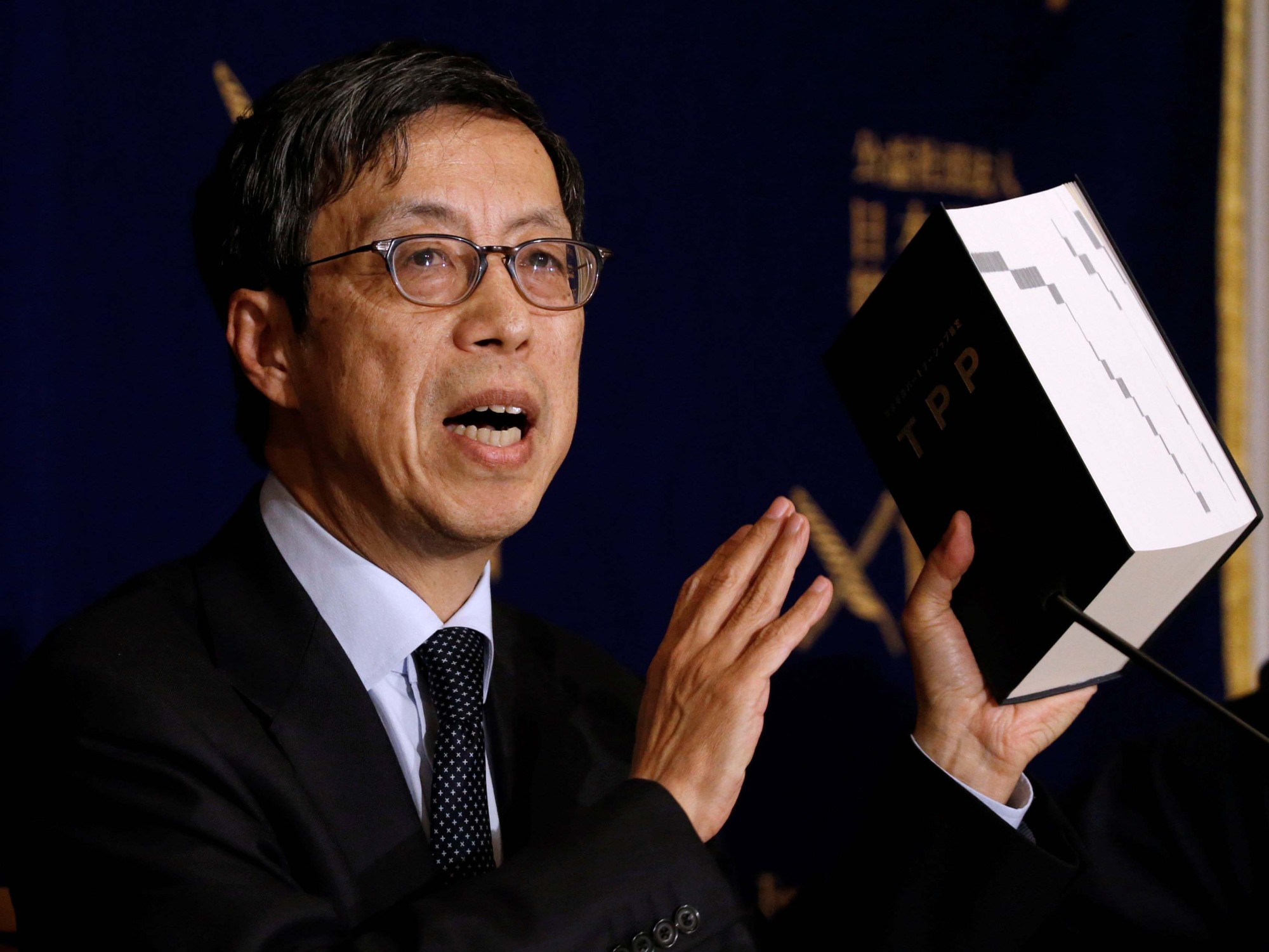While President Donald Trump's decision to pull the U.S. from the Trans-Pacific Partnership initially put the deal on life support in January 2017, details released Wednesday revealed that the remaining 11 countries have managed to agree on terms close to the agreement's original form.
Japanese diplomats, thrust into a new role as lead negotiators, worked to keep the deal largely unchanged except for key provisions which could eventually be reinstated to lure the United States back to the deal, and to potentially re-engage the Trump administration in the Asia-Pacific region.
"One of the main reasons to keep the differences between the original TPP-12 and TPP-11 to a minimum is to induce the U.S. to come back to the deal," said Kazuyoshi Umemoto, Japan's chief TPP negotiator, during a news conference in Tokyo on Tuesday. "Although Japan is a trading nation, and we favored trade liberalization in general, we always had to be on the defensive side. But for the first time with TPP-11, we were able to take the lead."



